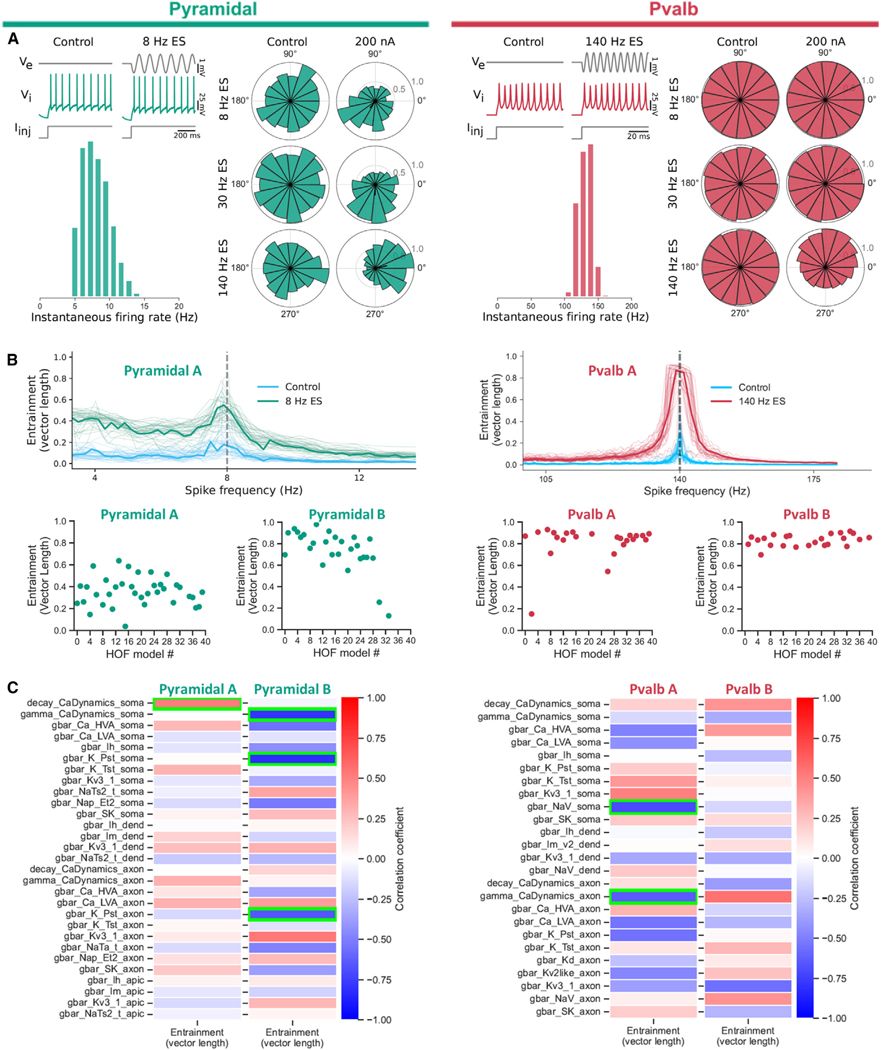Figure 5. Computational modeling of mouse V1 neurons suggests spike-rate differences rather than individual conductances as the major contributor to class-specific spike-field coupling.
(a) (Top left) A bio-realistic model of a pyramidal neuron (cell ID: 488698341) is used to emulate the experimental setup accounting for the sinusoidal ES. Intracellular DC current is combined with weak sinusoidal ES of various frequencies (8, 30, and 140 Hz) such that the spike rate remains unperturbed by the ES. (Bottom left) Model ISI distribution (control). (Right) Spike-phase relationship for the simulations (ES at 200 pA, top to bottom: 8, 30, and 140 Hz ES). Weak ES gives rise to strong spike-phase coupling in the presence, but not absence, of ES. (Top right) Same setup as for (A) but using a bio-realistic inhibitory Pvalb model (cell ID: 569998790; see also Figure S5). The Pvalb model shows preferential entrainment to fast ES, while the pyramidal model readily entrains to both slow and fast ES (Figure S6).
(B) Top: hall of fame (hof) models of the pyramidal (left) and Pvalb (right) cell from (A) exhibit the robustness of the spike-field coupling (40 hof models per cell; Figure S5). Identical setup like in (A) for each hof model (spike-field entrainment, population vector length; thin lines, vector length for each hof model; thick line, mean vector length across hof models; cyan, control, no ES). With Pvalb spiking faster than pyramidal models (spike rate distributions in A), ES strongly entrains all hof models when ES frequency matches the spike rate. Bottom: spike-phase entrainment at the preferred ES frequency (pyramidal: 8 Hz; Pvalb: 140 Hz) across hof models for two pyramidal (pyramidal A: 488698341; pyramidal B: 354190013) and two Pvalb cells (Pvalb A: 569998790; Pvalb B: 471077857).
(C) Correlation between model conductances and spike-phase entrainment at the preferred ES frequency (for pyramidal neurons: 8 Hz; Pearson correlation across hof models; 40 hof models per cell; B, bottom row). Green boxes, statistically significant correlations (p < 0.0017 for pyramidal and p < 0.002 for Pvalb models).

